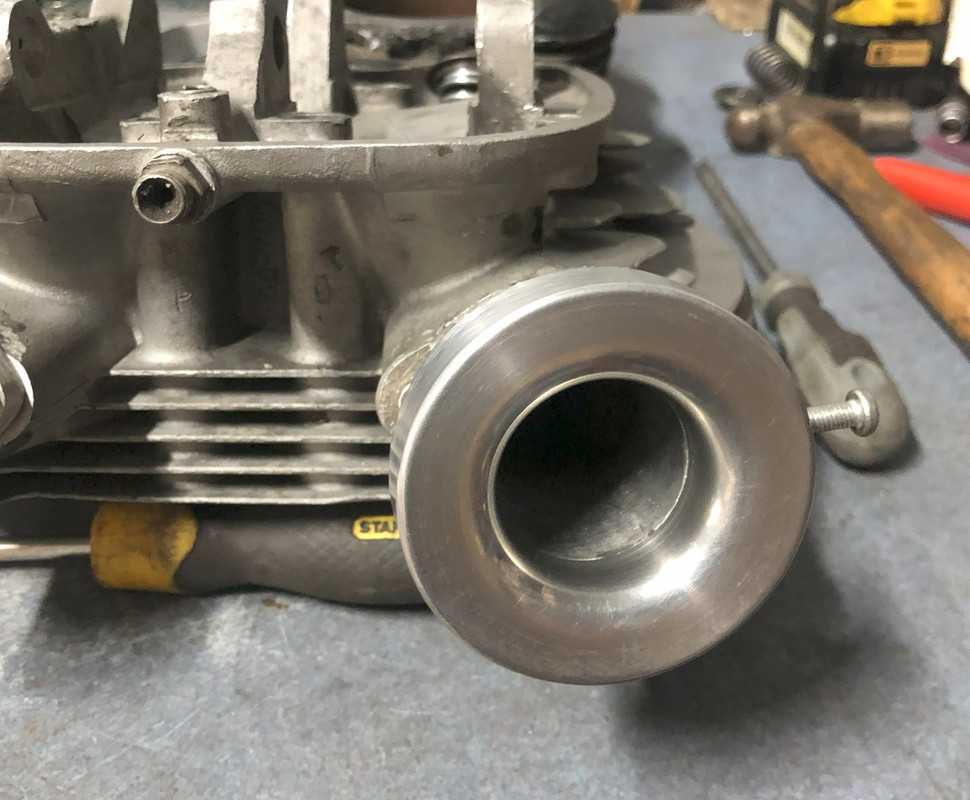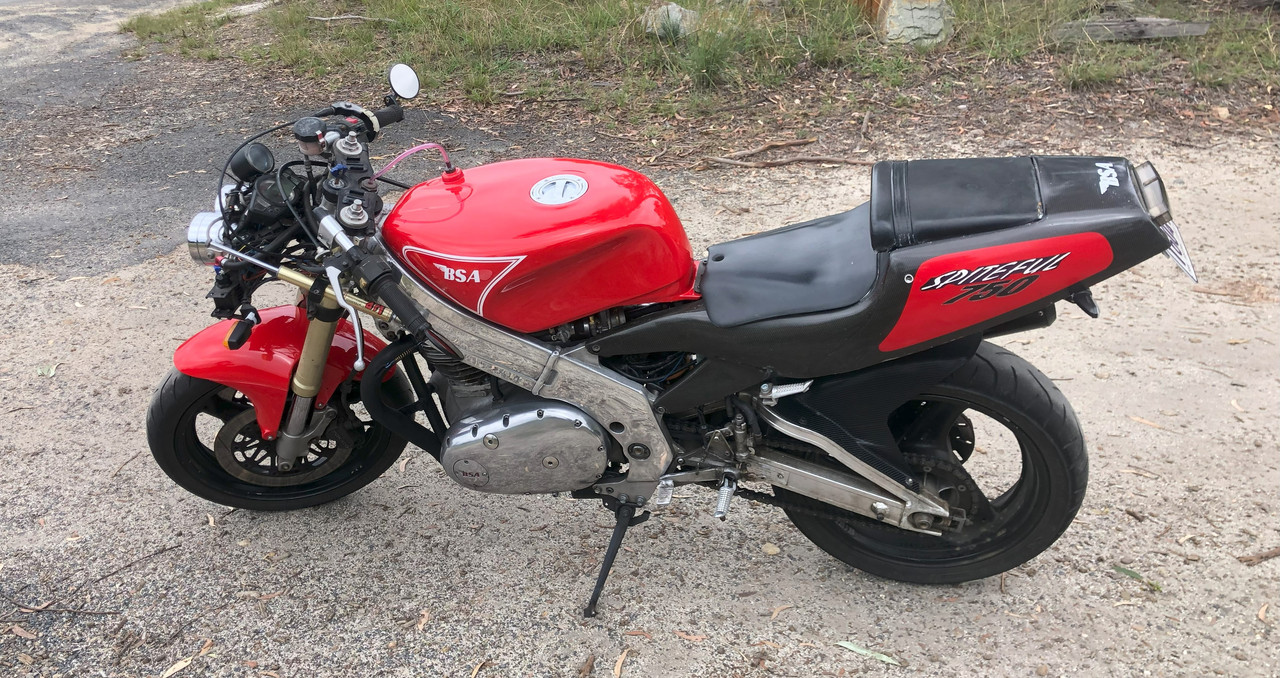I recall him saying the difference was much greater Glen. The velocity in the low and mid range was much higher with the RH10 but the increased flow of the RH4 was more than the engine needed, hence they performed (more or less) the same at the top end.
Different engine sizes, and tunes, will of course behave differently though.
What cfm an engine of a given size needs depends on the displacement, the rpm and the volumetric efficiency of the engine. The last factor being a product of engine tune, cylinder head flow and inlet speed. Power is directly proportional to burning charge. Burning more equals more hp. And the thing to know is an engine can be overfilled to the point of around 127% if all the ducks are lined up. 127% VE. Anything near 100% is really good, but GP engines need to be higher and even the Manx and 7R made very high VE making them super hard to beat. Modern GP engines are no better, but they rev harder and so burn more charge. It isn't the size of the engine that determines cfm requirement, a 900 at 73% VE burns a charge of 657cc that's what it needs to do that. A 750 at 127% VE burns a charge of 952cc, and is what it needs in cfm, not only that but if the compression ratio is 11-1, that overfilling means that bigger charge is compressed in the same small combustion chamber and the real compression ratio goes to almost 14-1, so that little motor punches very hard and is very alive to throttle.
So, the actual balance you are looking for is enough cfm to feed high VE, and enough speed in the port to push it in. So, the size runner you run needs to be the smallest possible before it starts lowering the cfm. I have a big engine with a head flowing 200cfm through 38mm ports, it's together and runs well but I'll guarantee I would be able to retain that flow and close down the size of those runners. What that would do is speed the intake and force more into the cylinders, at 6,000 it is already 111%VE but it would increase that and whatever that increase is it means more hp at 6,000. I think it's around 85hp so at 124% it would be around 94hp. And that 85hp would have happened at lower rpm, and all lower rpm points would have more hp. At the moment that engine is peaking close to 8,000 so VE can move the power down from that rpm because it will run out of available cfm earlier.
Running bigger ports needs them to flow more for their size, for example a BSA 30mm port (109cfm

) increased by 13%, is 34mm and only 123cfm, both are super inefficient, the 34mm loses bottom end for a little more top end. The 30mm could be around 145cfm if it's the right shape. And the 34 around 180cfm with a slightly O/s valve. More air through the same port size and speed goes up, an engine with the 34mm will kill a stock engine in the midrange and the difference will kick in harder when it revs.



